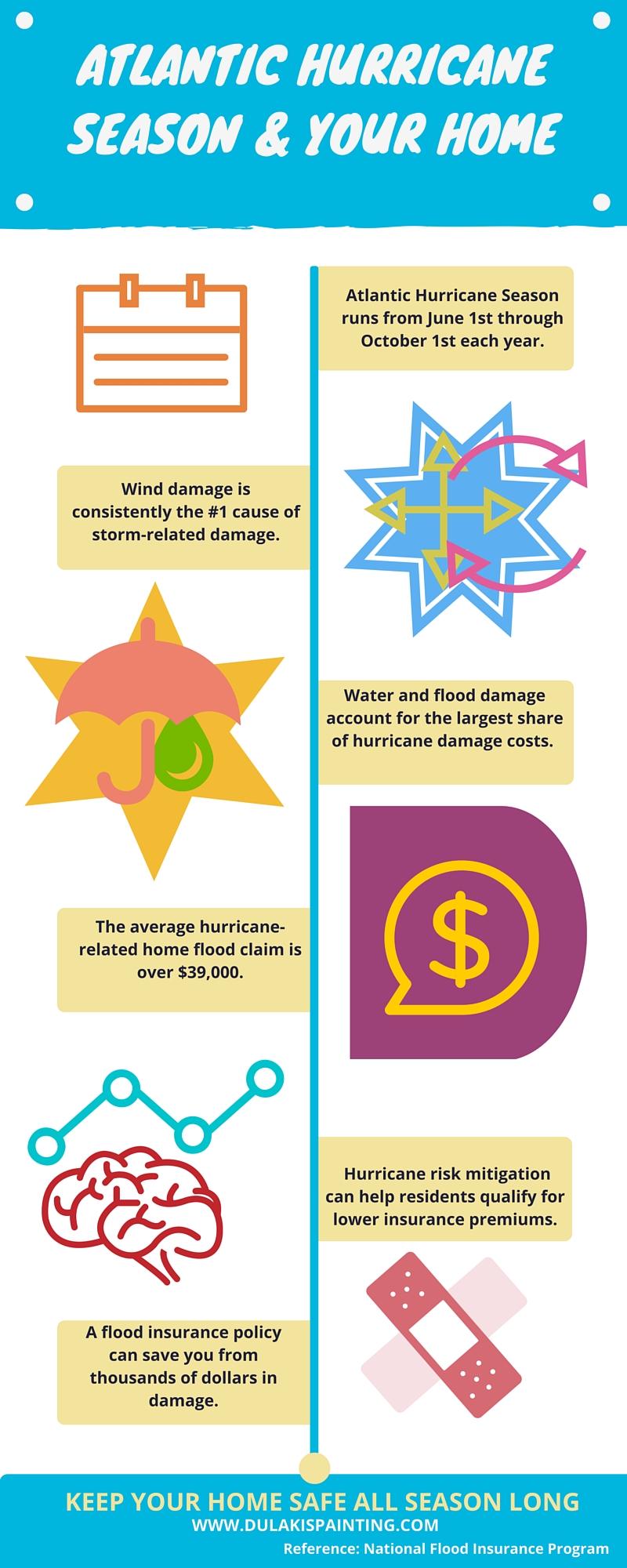Vital Seasonal Aspects Of Commercial Exterior Paint: What You Need To Comprehend
Vital Seasonal Aspects Of Commercial Exterior Paint: What You Need To Comprehend
Blog Article
Content Composed By-McLamb Urquhart
When you're planning a business exterior painting job, seasonal aspects can make or damage your outcomes. You'll want to consider exactly how temperature and moisture impact paint application and drying out times. Picking the ideal season can guarantee your paint sticks properly and lasts much longer. But which periods are genuinely the most effective for this type of work? Allow's explore the crucial elements that can influence your job's success.
The Influence of Temperature on Paint Application
When you're preparing a commercial outside paint job, the temperature can dramatically affect how well the paint sticks and dries out.
Ideally, you want to paint when temperatures vary between 50 ° F and 85 ° F. If it's too chilly, the paint may not treat properly, leading to issues like peeling off or fracturing.
On the flip side, if it's also warm, the paint can dry out too swiftly, avoiding correct attachment and leading to an unequal surface.
You ought to additionally consider the time of day; morning or late afternoon provides cooler temperature levels, which can be much more desirable.
Always examine the manufacturer's suggestions for the specific paint you're making use of, as they typically give support on the perfect temperature level array for ideal results.
Moisture and Its Result on Drying Times
Temperature level isn't the only environmental variable that influences your industrial outside paint task; moisture plays a substantial duty also. High humidity degrees can slow down drying times drastically, impacting the general quality of your paint job.
When the air is filled with moisture, the paint takes longer to cure, which can lead to concerns like poor adhesion and a greater threat of mildew growth. If you're painting on an especially moist day, be gotten ready for extensive delay times in between coats.
https://house-painters-near-me44321.blogtov.com/15551900/the-future-of-the-painting-market-patterns-and-advancements to check local weather conditions and plan appropriately. Preferably, go for humidity levels between 40% and 70% for optimum drying.
Keeping these consider mind guarantees your job stays on track and delivers an enduring surface.
Best Seasons for Commercial Exterior Painting Projects
What's the most effective season for your industrial external painting jobs?
Springtime and early loss are commonly your best bets. Throughout these periods, temperature levels are moderate, and humidity degrees are often reduced, producing excellent problems for paint application and drying out.
Prevent summer's intense heat, which can cause paint to dry also promptly, leading to inadequate adhesion and finish. In a similar way, wintertime's chilly temperatures can impede appropriate drying out and curing, taking the chance of the long life of your paint job.
Go for https://eduardochnsx.blogdal.com/35511987/how-to-identify-a-trusted-paint-professional-crucial-attributes-to-expect with temperatures in between 50 ° F and 85 ° F for optimum results. Remember to examine the regional weather report for rain, as damp conditions can ruin your task.
Planning around aluminum siding painter ensures your paint job runs efficiently and lasts longer.
Final thought
To conclude, intending your industrial outside paint tasks around seasonal factors to consider can make a considerable distinction in the result. By organizing job throughout the perfect temperatures and moisture degrees, you'll guarantee better adhesion and drying times. Keep in view it to watch on local weather forecasts and select the right time of year-- springtime and early autumn are your best bets. Taking these steps will help you achieve a sturdy and expert coating that lasts.
